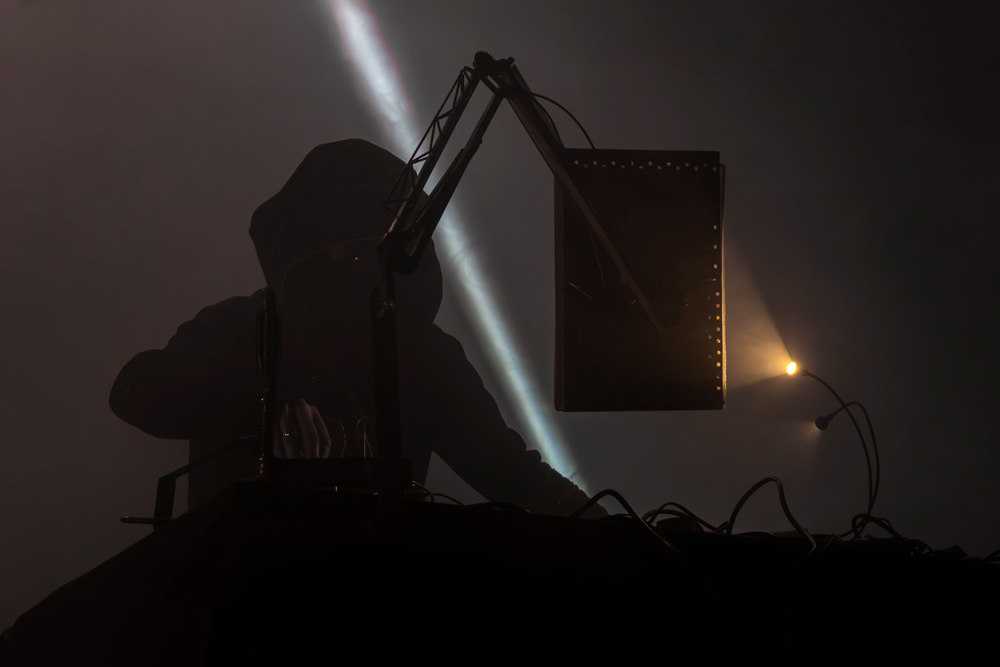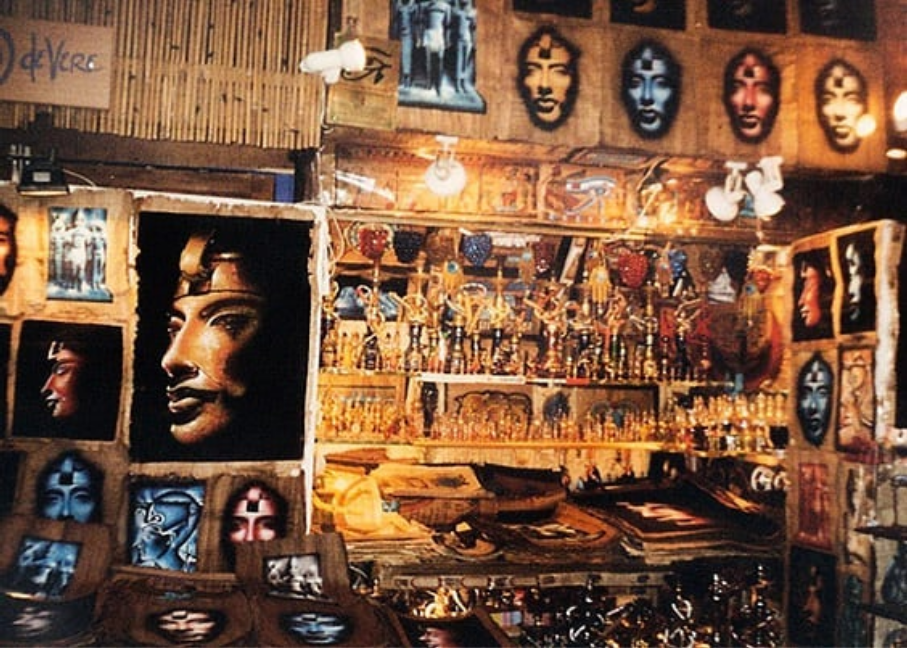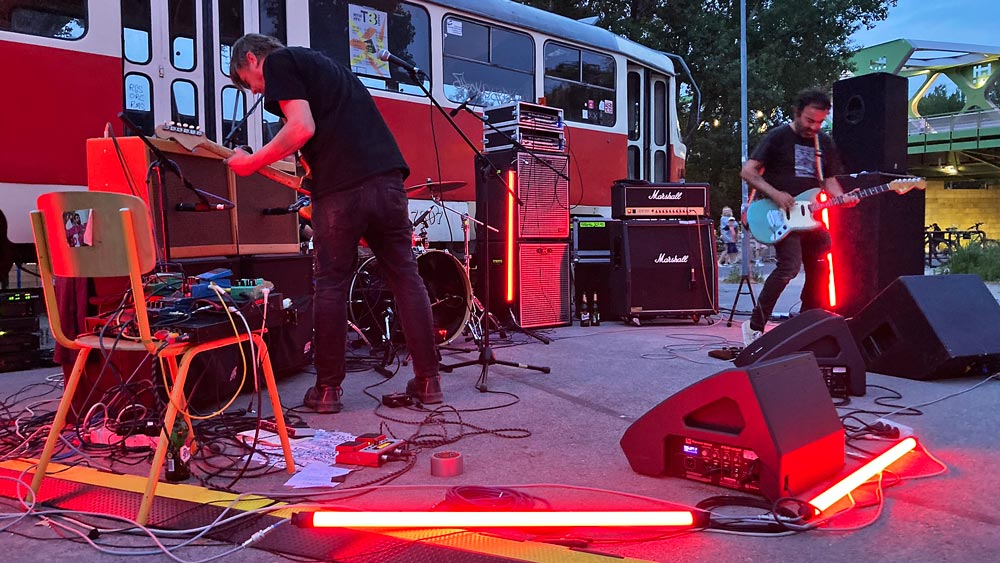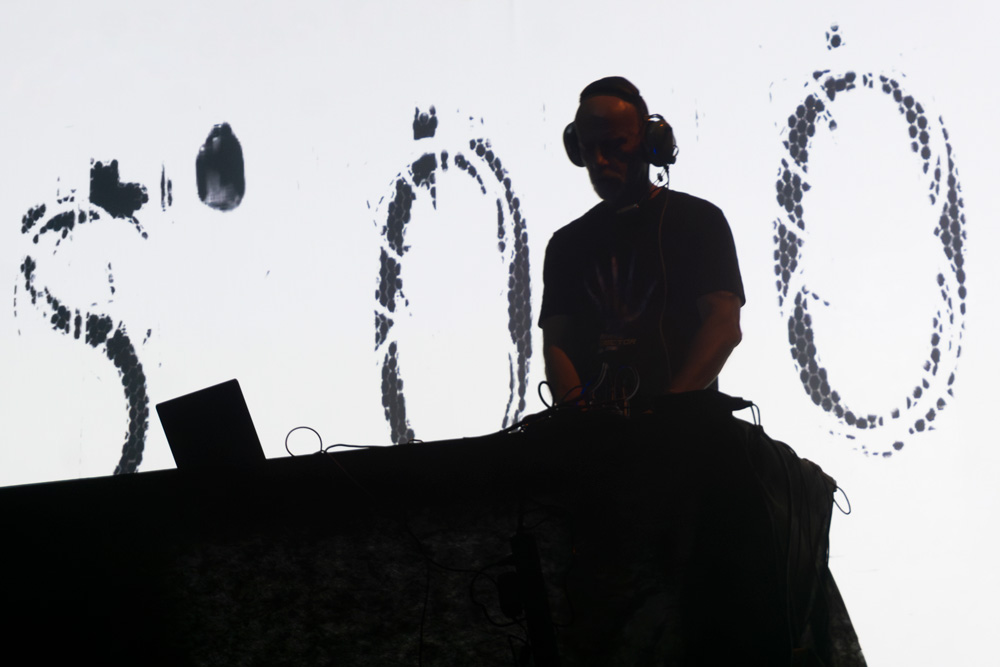Best Socialist Architecture in Košice
After the Second World War, the city of Košice and the rest of Slovakia became part of the Soviet Union Eastern Bloc. Everyday life transitioned to a centrally planned economy, heavy industries, and urbanization increased. The era celebrated the life of the working class and collectivism. Art, literature, media, and socialist architecture were propaganda tools to emphasize and control socialist policies and ideas.
Socialist architecture focuses on concrete panel buildings and housing projects, designing new governmental structures, sports, and cultural centers. Its primary purpose is to impose utilitarian socialist ideas prioritizing affordability and efficiency over individuality.
Technical University
Location: Letná street 9
Public transport: buses 13, 12, trams 4, R4
Established: 1952
The history of higher education in Slovakia goes back to Maria Theresa. She supported the establishment of the first academy in Banská Bystrica in 1762, which emphasized research in heavy industries. As time passed, the university broadened its scope of interests. In 1992, it ceased its former technical direction with the new economic faculty.
The university’s main building is a striking block structure of socialist architecture. Its six-story front facade features a rhythmic arrangement of windows and pilasters within a grid pattern. The first floor features small square windows topped by a narrow glass strip. A horizontal band separates the first and second floors, where rows of rectangular windows stretch across the facade. The standout feature is a covered balcony supported by two columns.
The auditorium building, connected to the rectorate via a balcony, stands out with its convex curved facade, breaking away from the dense grid of the main university building. Its symmetrical design features a striking mix of glass panes formerly with black glazing, creating a distinct visual identity despite its connection to the main structure.
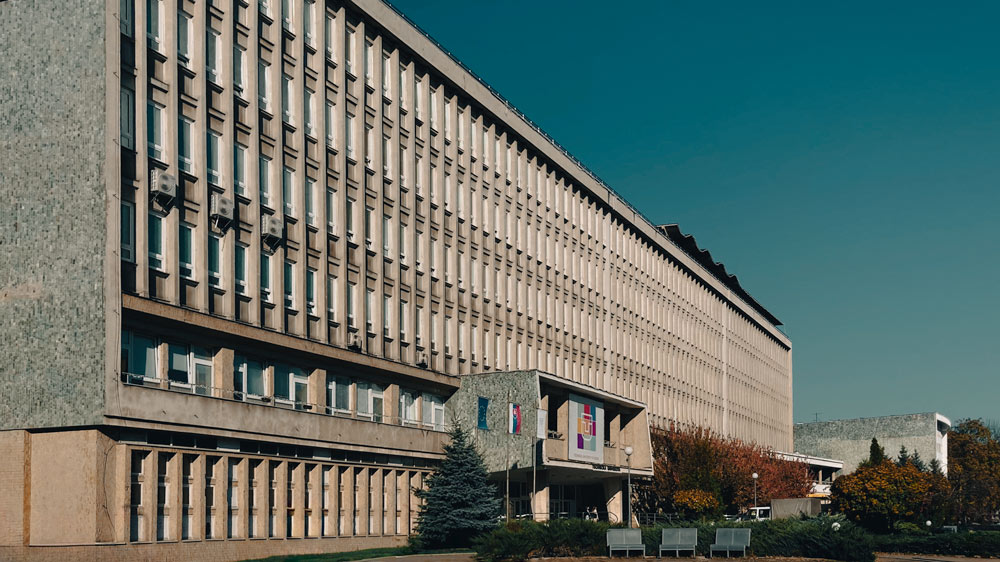
Crematorium and Urn Grove
Location: Zelený dvor 1
Public transport: bus 33
Established: 1975-1981
The Crematorium and Urn Grove lies outside Košice near the highway D1. It is possible to reach the place by public transport. You can combine the visit with hiking to the nearby boroughs Ťahanovce or Furča.
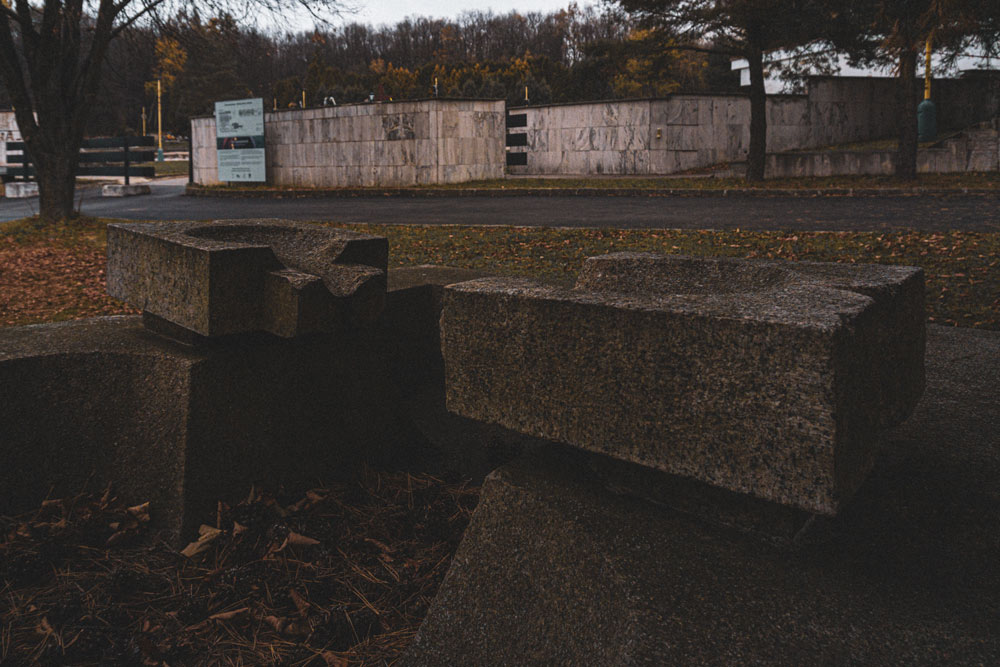
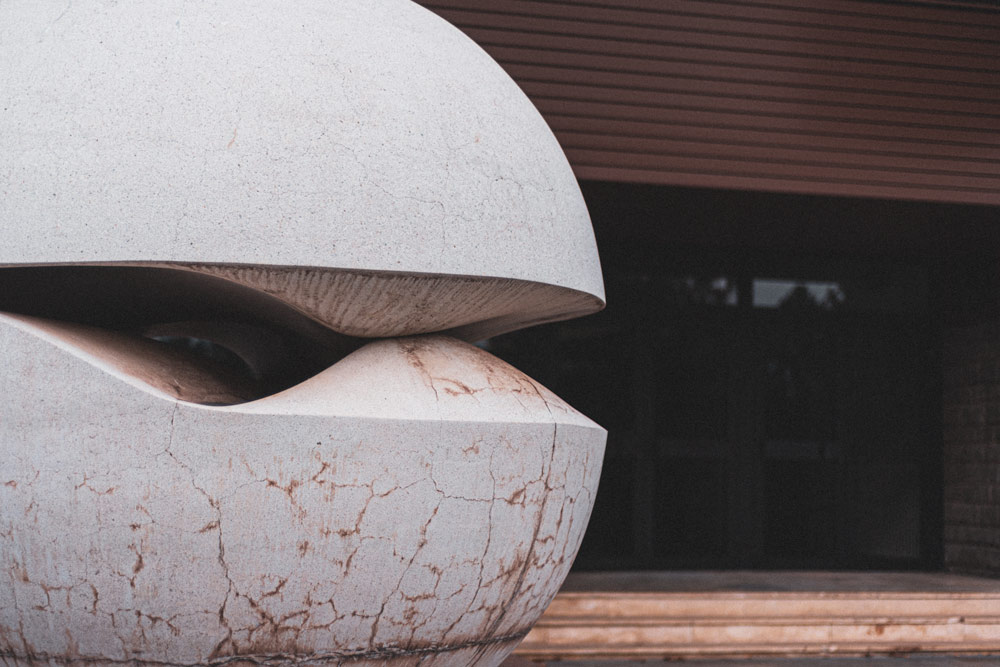
Architect Pavol Marjavý is the author and designer. This socialist architecture was supposed to be a solid horizontal line inserted into the land. Its most dominant feature is the elevated ceremony hall. In 2022, during the ceremony, part of the rooftop collapsed. The city began its reconstruction out of necessity, a process that is still ongoing.
In 2021, the city created a 400-meter ecological burial space called the Forest of Memories, featuring 119 burial spaces around the trees. Small metal tables decorate the trees and identify the buried persons. You will not find typical graves decorated with artificial flowers. You can only bring natural and biodegradable materials. The forest also won third place in the “Garden, Park, and Detail of the Year” contest in 2023.
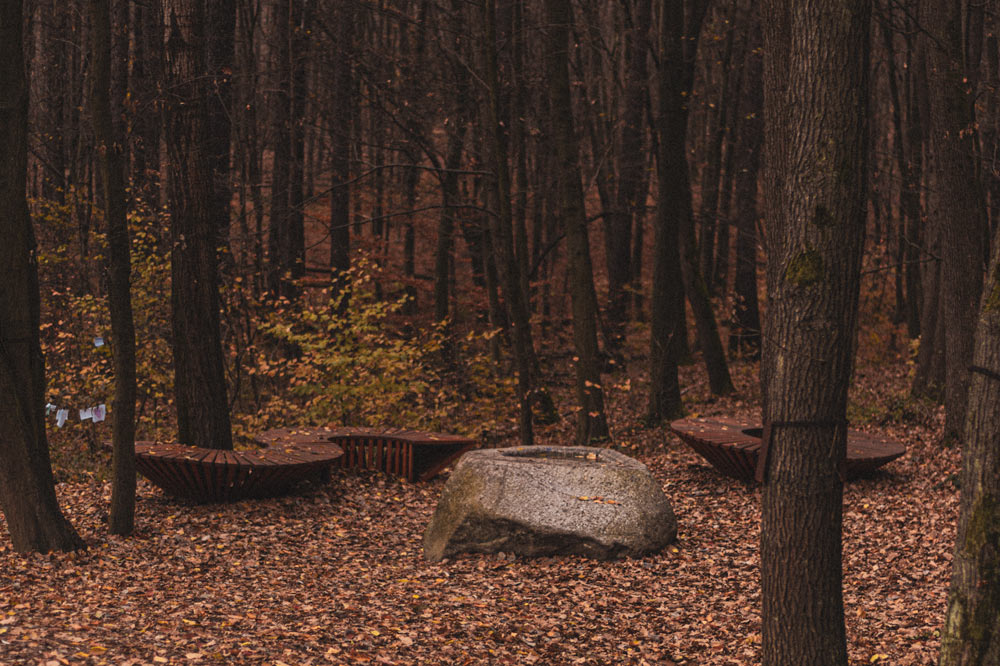
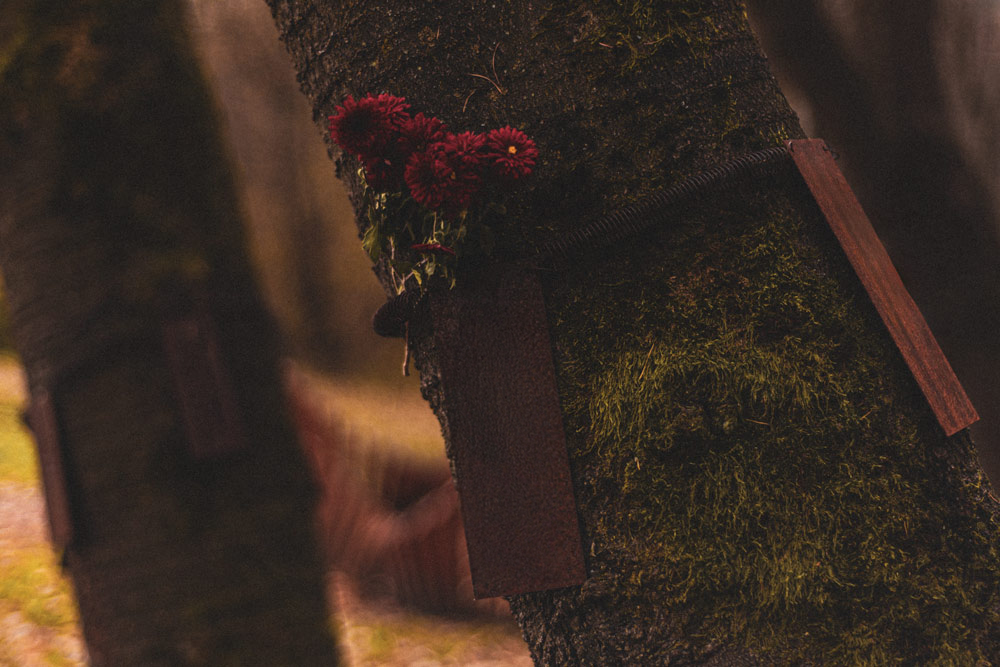
Prior Shopping Mall
Location: Hlavná 111,
Public transport: buses 13, 14, 36, 17, 19 (bus stop Námestie Maratónca Mieru)
Established: 1968
Former Prior, now Urban House Shopping Center, is a modern five-floor building (one underground and four overground floors). The mall was heartlessly positioned in the historical center, dating back to the 19th century. Architect Ružena Žertová is responsible for the project.
The building itself covers around 3500 square meters of land. The front façade features a concrete structure with decorative rustication reminiscent of Renaissance architecture. The building itself is a solid monolithic reinforced concrete framework.
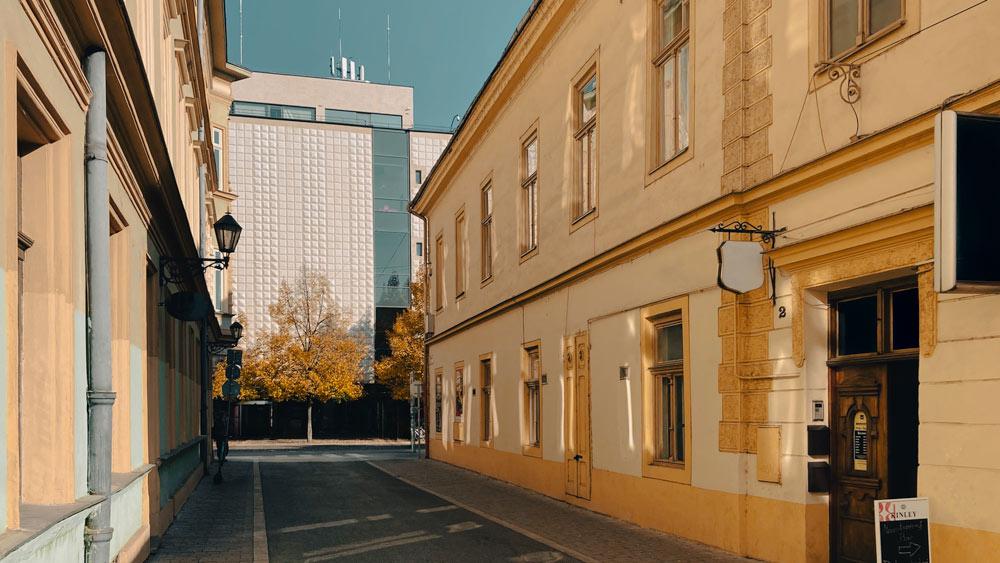
Dargov Shopping Mall
Location: Štúrova 1
Public transport: buses and trams (bus stop Námestie Osloboditeľov) 10, 15, 16, 20, 21, 23, 25, 71, 72, 31, 32, 52, 56
Established: 1983- 1987
The building is constructed from heavy, massive materials with a nearly brutalist character. František Antl designed the project. František Antl is the architect of the project. It connects three streets and replaces three former bourgeois houses.
On the southwestern side is a fountain named Germination. Its author is national sculptor Maria Bartuszová. Other notable decorations include two reliefs. One is from Imrich Vanek, a Slovak sculptor, situated on the outside facade of Hlavná Street. The second one is inside, over the stairs.
Louis Pasteur University Hospital
Location: Trieda SNP 1
Public transport: buses 12, 17, 19, 36, 55 (bu stop Nová Nemocnica), trams 6. 9
Established: 1973
The hospital is the second largest in Slovakia, with approximately 1,356 beds. It is 83 meters high and thus the highest hospital in Slovakia, the highest building in Košice, the 37th highest hospital in the world, and the 7th highest hospital in Europe. A team of 4 architects started the design foundations in 1966. It is a socialist architecture complex of three buildings, one of them, the Medical Faculty, belongs to the University of Pavol Jozef Šafarik.
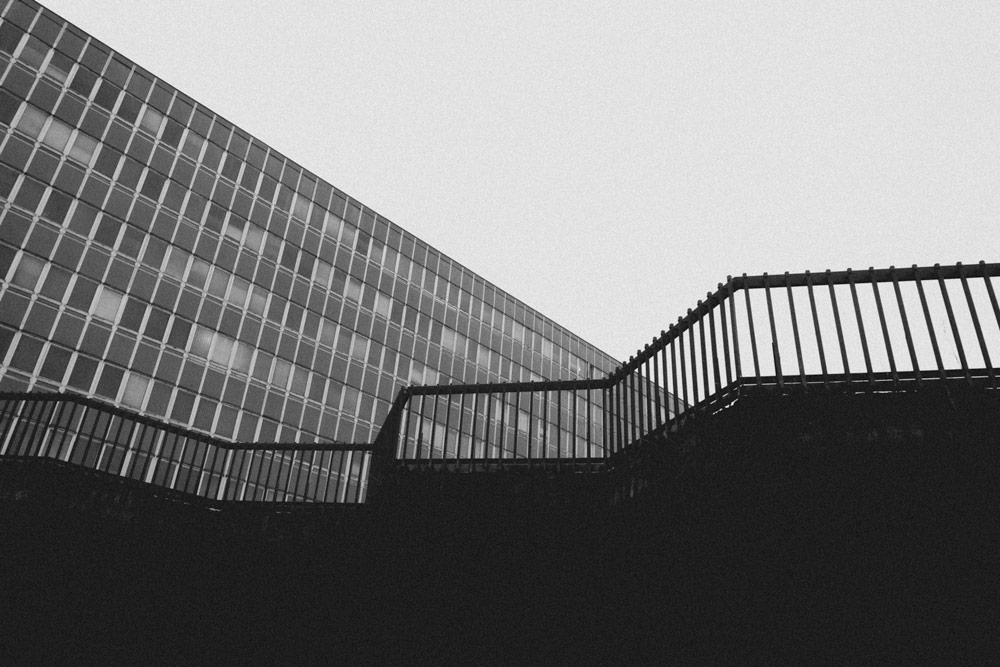
White House
Location: Trieda SNP 48A
Public transport: bus stop Magistrát mesta Košice, buses 71, 72, trams 6, 9
Established: 1985
Formerly, the building belonged to the Communist Party of Slovakia. One of the founding authors was architect Milan Motýľ. Besides administrative offices, the Slovak Post and the public library of Jan Bocatio operate on the first floor.
The construction used stone paving and exterior staircases made from granite sourced from Příbram near Prague. The facade features Slovak travertine from Dreveník, while the building’s cladding consists of panels made from glazed aluminum sheets.
The place used to be popular among young people, especially skaters. Nowadays, skaters probably moved to a newly built skate park in the nearby borough of KVP.
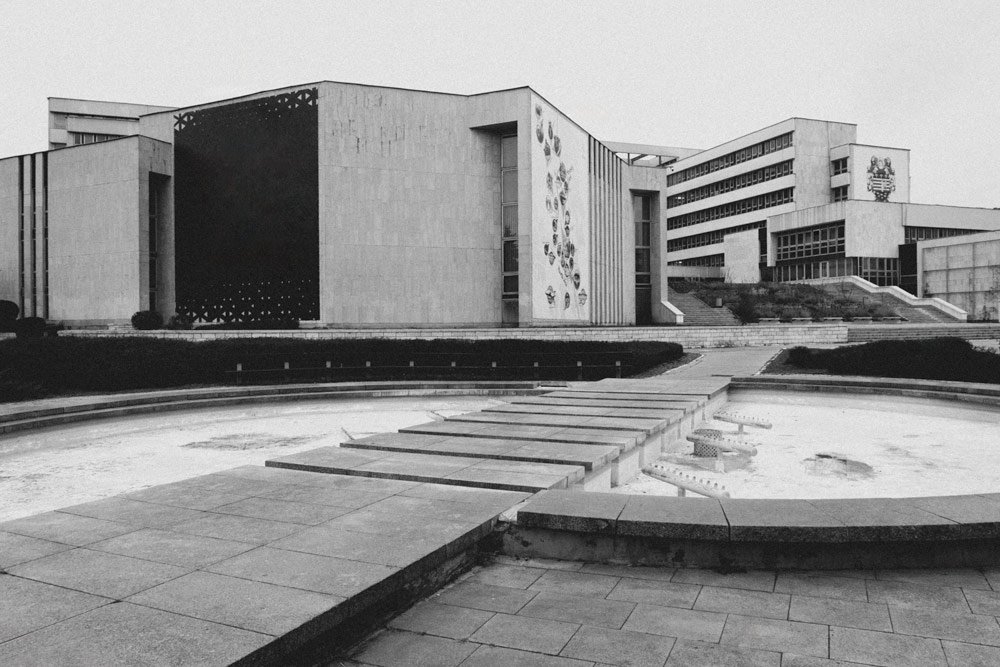
Upside down Pyramid
Location: Trieda SNP 39, opposite White House
Public transport: the same as for the White House
Established: unknown
Governmental building with offices. It is sometimes used for wedding ceremonies and occasionally even open to the public as part of art projects or concerts.
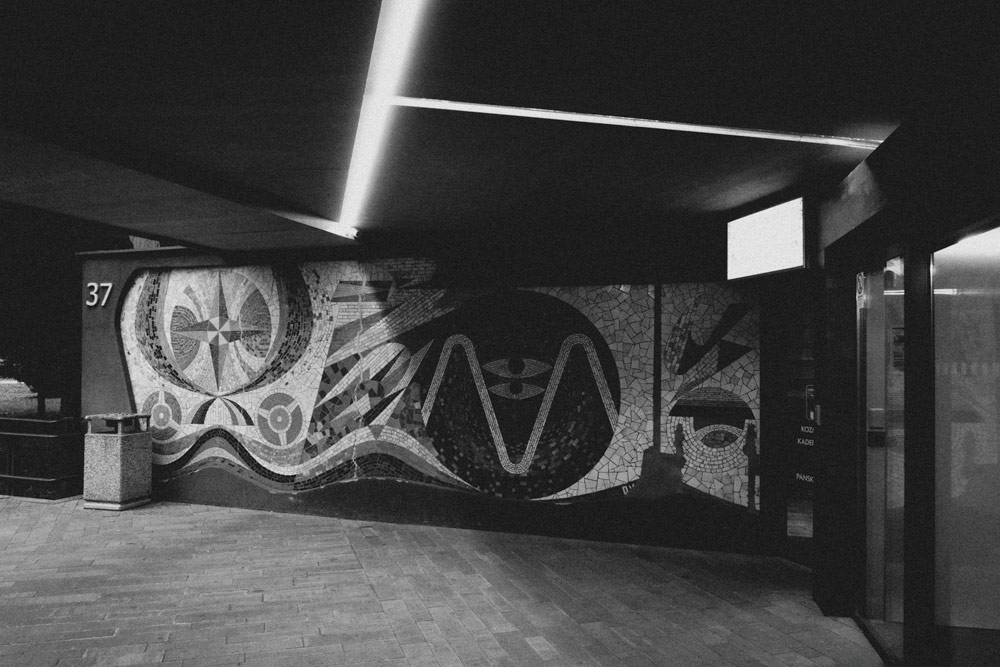
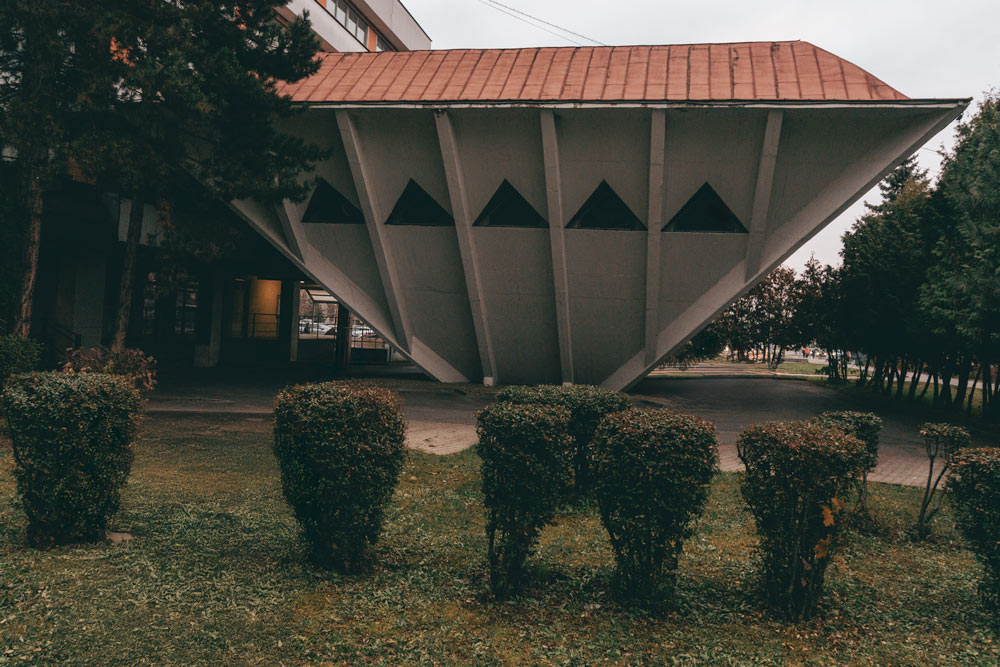
Luník II. with Družba cinema
Location: Lunik II., Hronská 12
Public transport: tram stop Kino Družba 6, 9
Established: 1973
Družba Cinema is part of the public shopping space in Luník II. Družba has a circular shape supported by a vertical raster that complements the horizontal lines of the center. The cinema hall features a nearly circular layout and has the most expansive panoramic screen in Košice. The entrance and social areas are on the first floor. The adjacent shopping center connects both. Unfortunately, it is decaying and may be waiting for its new purpose.
Another attractive feature of this public space is the fountain with a sculpture by Slovak sculptor Maria Bartuszová. The second intriguing sculpture, Ženský Akt (Female Nude), is from František Gibala.
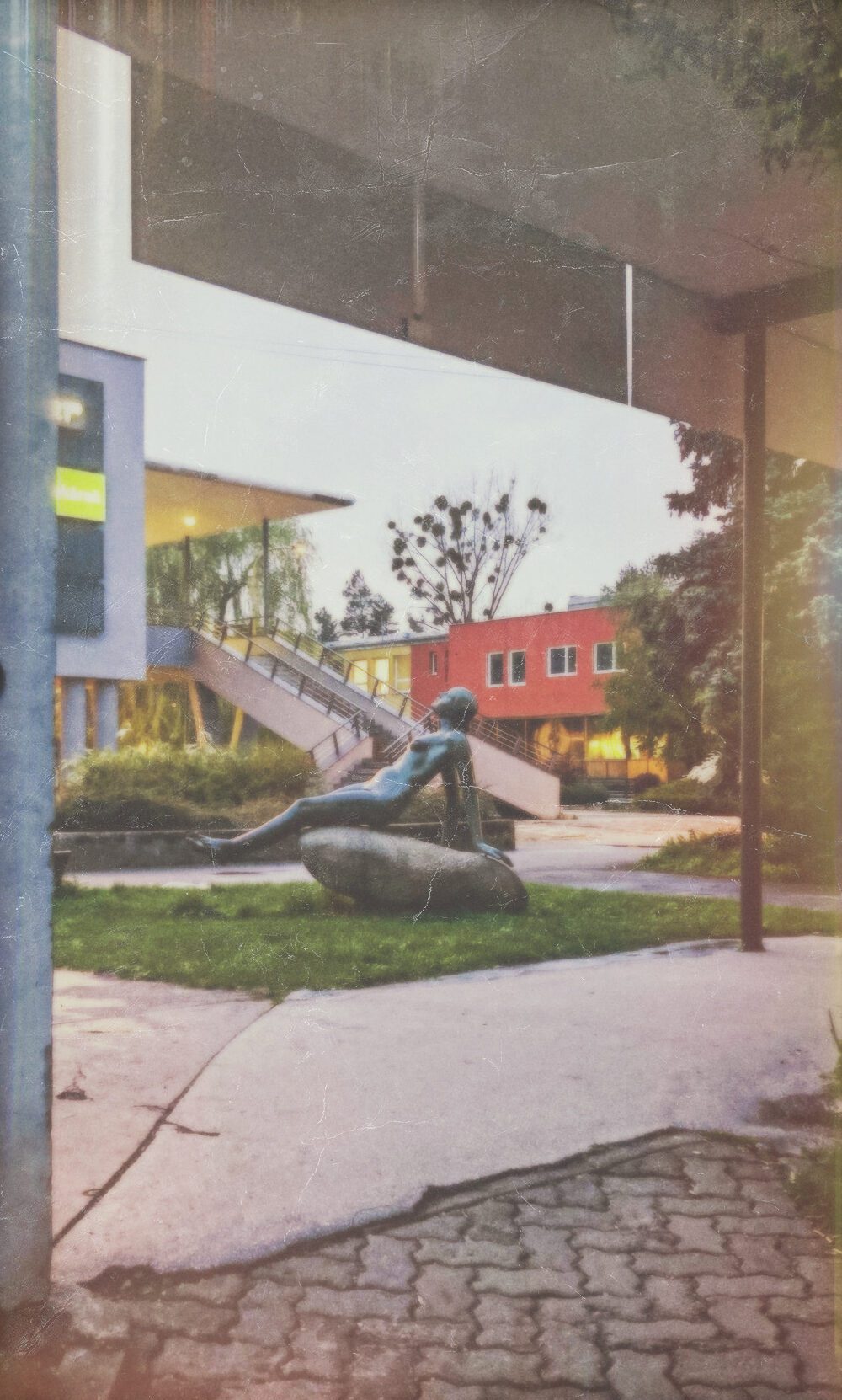
Soviet Army Monument
Location: Námestie osloboditeľov 11
Public transport: transport: buses and trams (bus stop Námestie Osloboditeľov) 10, 15, 16, 20, 21, 23, 25, 71, 72, 31, 32, 52, 56
Established: 1945
Shoulders built the monument. This area holds the graves of fourteen former soldiers from the Soviet Union. Later, the bodies were exhumed and moved to a public cemetery. The memorial consists of two higher pillars with Soviet Union emblems. Historical tables include texts in Slovak and Russian.
Jumbo Center
Location: Masarykova 2
Public transport: Mlynská bašta bus stop, buses 14, 16, 25, 27, 29, 36, 71, 72
Established: 1974
Originally, Jumbo Center (formerly Dom kultúry ROH VSŽ) aimed to become a cultural center. Today, it is a shopping area with too many disgusting billboards on its outside walls and windows. It is hard to look at this building compared to what it used to look like in historical pictures. Yes, there is some culture present in the form of the Grand Theatre. I remember the space hosting disco nights.
Jumbo cemented its lightness and transparency, perfectly embodying the post-war International Style. Its timeless facade, alternating between solid and glass walls, reveals the interior layout, where large glass panels illuminate the spacious gathering areas.
Cassovar chimney
Location: Floriánska 11
Public transport: nearest bus stop Cassovar (buses 12, 17, 36), and Košice Regional Court (Krajský Súd) – buses 71, 72, 10, 11, 20 – 25, 31, 32, 52, 56, trams 5, 6
Established: 1857
The chimney and the small chapel of St. Florián are reminders of the former brewery. If you book a tour with a local guide, Milan Kolcun, you can view it from the inside. It is 60 meters high. The rest belongs to administrative offices or premium apartments.
Regional Court
Location: Štúrová 29
Public transport: Košice Regional Court (Krajský Súd) – buses 71, 72, 10, 11, 20 – 25, 31, 32, 52, 56, trams 5, 6
Established: 1983
My list of socialist architecture in Košice ends with the Regional Court. The structure showcases a neoclassical design, defined by its monumental presence and perfect symmetry. It emphasizes functionality, authority, and grandeur. Just observe the rhythmic patterns of the windows and appreciate the aesthetics.
Košice’s socialist architecture offers a fascinating glimpse into the city’s mid-20th-century history. For a deeper dive into Košice’s architectural heritage, check out my guide on the most historic buildings and architectural gems.
If you enjoyed exploring Košice’s socialist architecture, don’t miss my deep dive into Bratislava’s Brutalist and communist-era landmarks in Bratislava’s Brutalist & Communist Architecture: Relics of a Concrete Era I. For more on Eastern Slovakia’s architectural past, check out Concrete Melancholia: The Subtle Beauty of Prešov’s Soviet Architecture.
Sources:
wiki
ima.ngo
smsz.sk/les-spomienok
register-architektury.sk
